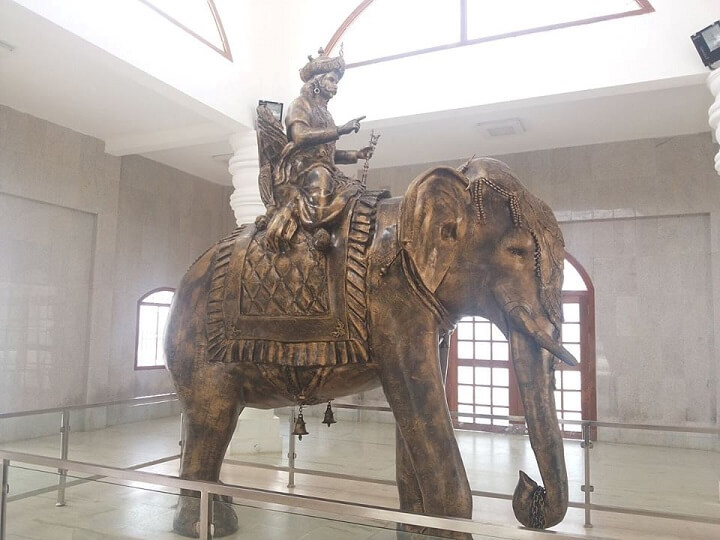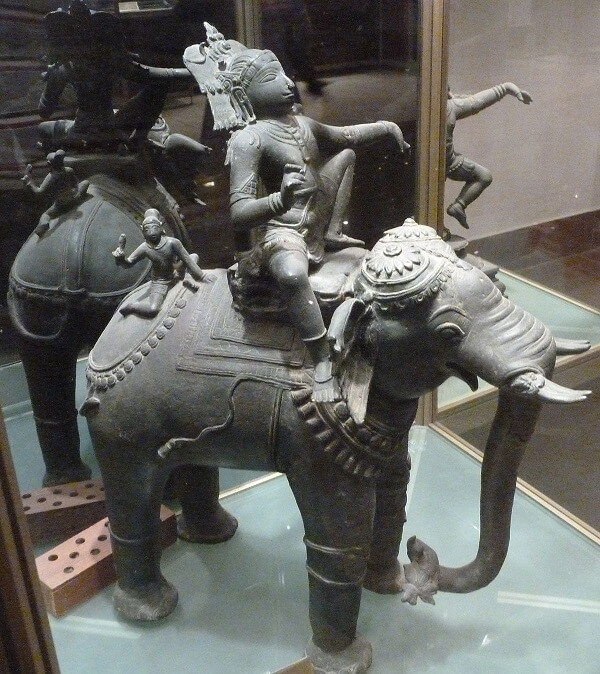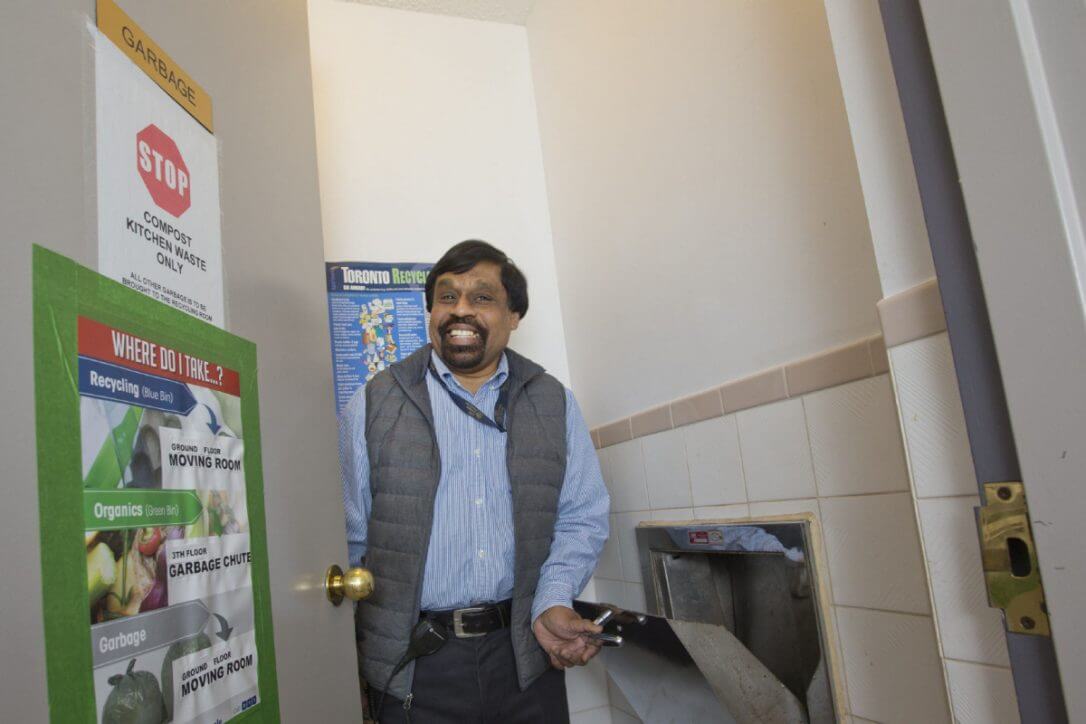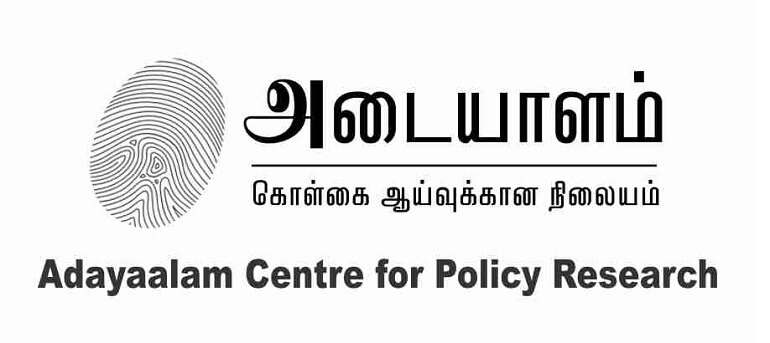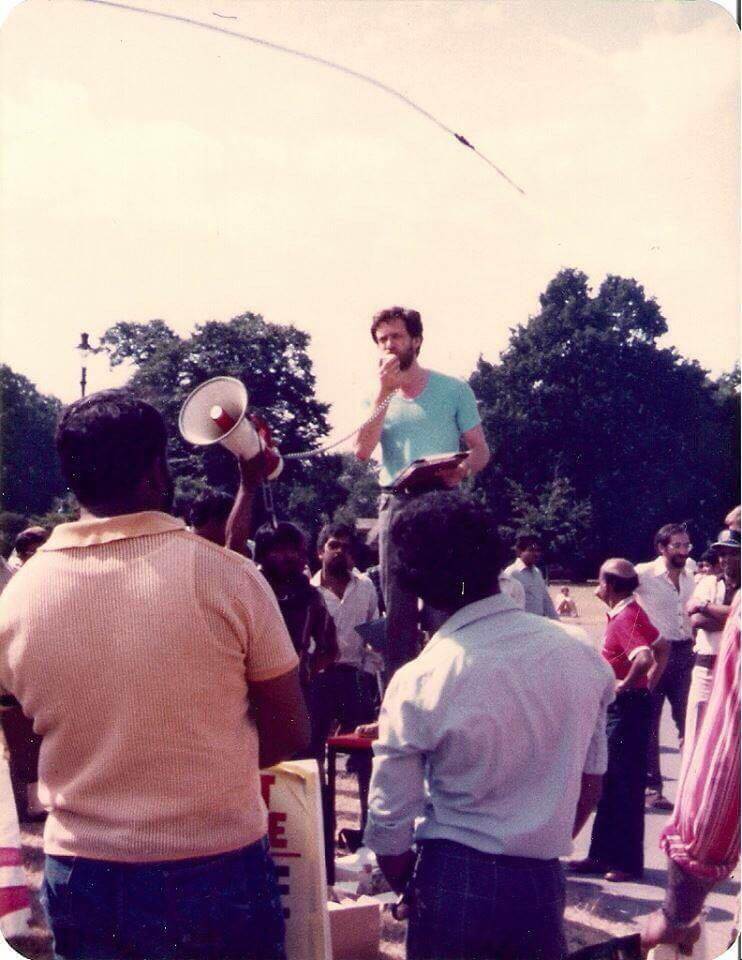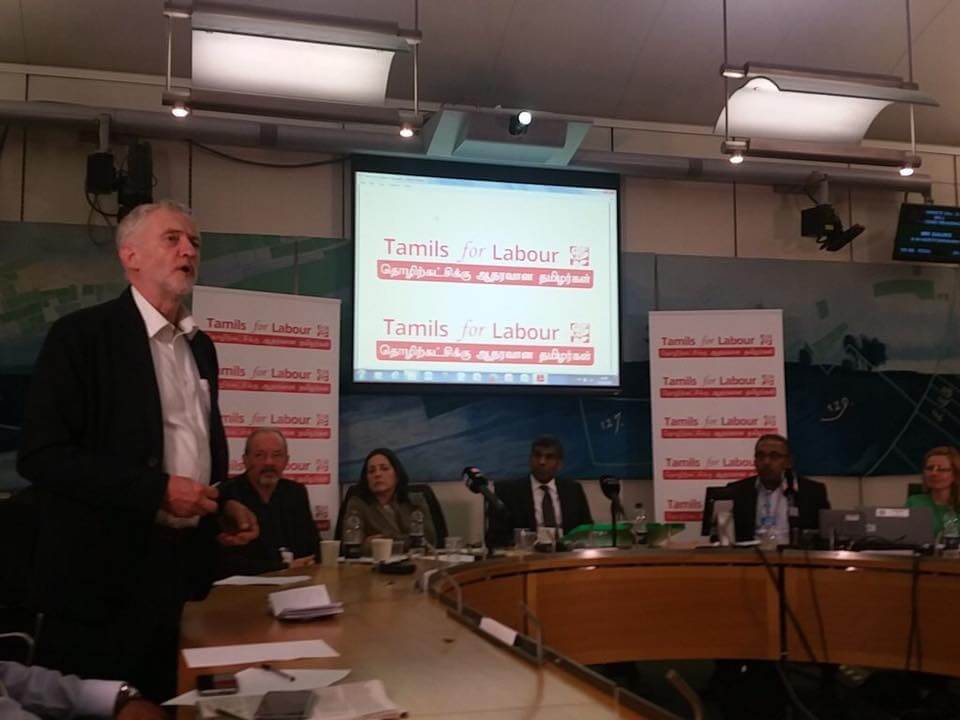Sri Lanka’s tech landscape is going through an exciting growth period, as investors and entrepreneurs focus on building homegrown startups which have the potential for regional and global opportunities. We’ve been covering some of these stories which you can check out in the links at the bottom.
Today, we bring you the story of Senzmate, an Internet of Things (IoT) and Machine to Machine (M2M) solution company, founded by friends Jeyjenthan Tharmakulasingam and Johnirajh Antoncrises, which is one of the fastest growing startups in Sri Lanka. Their solutions help farmers become more efficient with their operations, through environment detection and automation.
TamilCulture (TC): Tell us a bit about yourself.
Jeyjenthan Tharmakulasingam & Johnirajh Antoncrises (Jeyjenthan & John): We lived in Jaffna throughout our childhood. Both of us had our secondary education in Hartley College, Point Pedro. We followed a maths stream for A/L and John became the Island 2nd while I was 35th. We started our engineering studies at the University of Moratuwa in 2010 and selected the Engineering of Electronic and Telecommunication stream as the specialization.
TC: How did you get into entrepreneurship?
Jeyjenthan & John: While we were on campus, we had the chance to work as volunteers with YarlIThub, which is an non profit organization working with the vision of making Jaffna the next Silicon Valley. We worked on a project called DIA [Digital Irrigation Automation], an Open Source Project of YarlIThub to enable automation for agricultural farms. It gave a lot of exposure for us both in new IoT based technologies and business insights. The project created a lot of opportunities to meet experts and investors. We were inspired by the vision of YarlIThub and It made us think- why can’t we give a try to make it a viable business? We were happy to be the pioneers to set the steps toward the vision.
TC: What specific steps did you take towards creating your company?
Jeyjenthan & John: We got to know a lot of potential applications around a new technology called Internet of Things (IoT). We pitched a new IoT application called EMS (Environment Monitoring System for cold storages and reefer trucks of Hotels, Hospitals and Logistics ) in YarlIThub’s senior session 3 in December 2014 and became second runner up. We were still in university then and worked during our free time. We started planning out a business with DIA and EMS. We met potential customers and investors. We started working with experts to make our kits and cloud applications in industrial standards. When we tried to converge two applications into one, it turned out to be a platform for IoT applications. We named it “Magma”- the core of the earth. Immediately after we graduated, we started our own company and named it SenzMate.
TC: What are some challenges you’ve faced/are facing?
Jeyjenthan & John: SriLanka is in the early stages of its startup ecosystem. There is lack of potential investors for startups. Only some of them are willing to take the real risks in investing in innovative ideas. The available seed round funding range is very low in SriLanka, which is no way near the requirement of hardware related startups. Nowadays, some foreign accelerator programmes reach Sri Lanka and those help a lot of SriLankan entrepreneurs get exposed to large investor networks. The mindset of people also has to be changed to support the ecosystem. It’s very hard to convince a corporate organization to consider a startup’s solution.Most of the big corporates don’t have a supportive ecosystem for startups yet.
Also, there’s a lack of manufacturing facilities in Sri Lanka. So all of the hardware related manufacturing process has to be outsourced to a foreign company. The manufacturing and import, export process costs a lot. It makes the affordability of the kits/devices doubtful for a Sri Lankan market.
Sri Lanka’s market size is very small and its economy is relatively poor. So innovative technology products don’t have much market in the island. Building the business network all around the world to expand our market is essential.
TC: What are your short term and long term goals for your company?
Jeyjenthan & John: We mainly focus on IoT based solutions for agricultural and telematic sectors. Nowadays we are mainly focusing on Asian countries. We want to become a well regarded brand for IoT based products worldwide.
TC: How does your company fit in with the overall cultural and economic development occurring in Sri Lanka?
Jeyjenthan & John: Our one product line is for agriculture. As Sri Lanka is especially an agricultural country, we believe the new technology for farms will increase the productivity and efficiency. As is the case with other companies from Jaffna, it helps to boost the economic development of the Northern part of Sri Lanka, which has gone through three decades of war. It brings hope to the younger generation for a better future.
TC: What advice would you offer others trying to start their own company in tech?
Jeyjenthan & John: Follow your dreams. Do what inspires you. Running a company is not easy unless you are following your passion. Always be ready to face ups and downs.
If you are working on a tech startup, you have to be continuously updated with related technologies. If you cannot run with world, you will go nowhere. Make sure your products create fans not customers.
TC: How have your parents/family reacted to your chosen career path?
Jeyjenthan & John: We are Engineers by profession. So we are actually expected to build new things. Here we build our own passion, not others’. So it wasn’t a big deal.
Keep up to date with Senzmate on their website.
Related articles:
The post How Two Friends from Jaffna are Transforming the Lives of Farmers using Tech appeared first on TamilCulture.com.







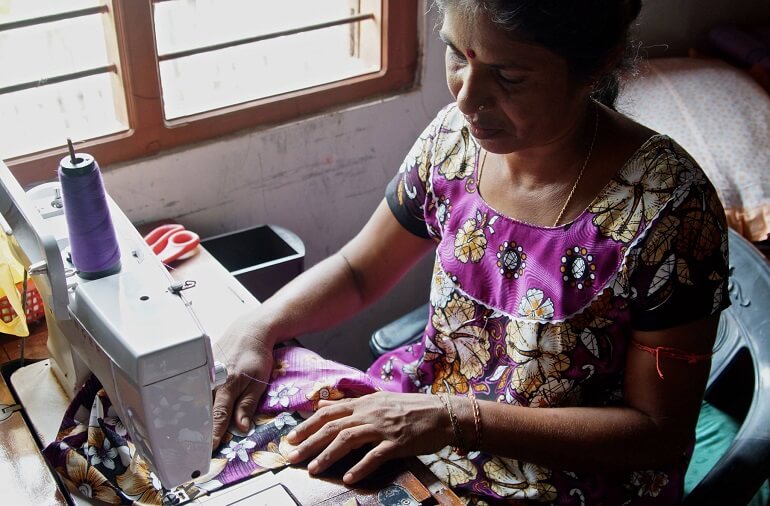





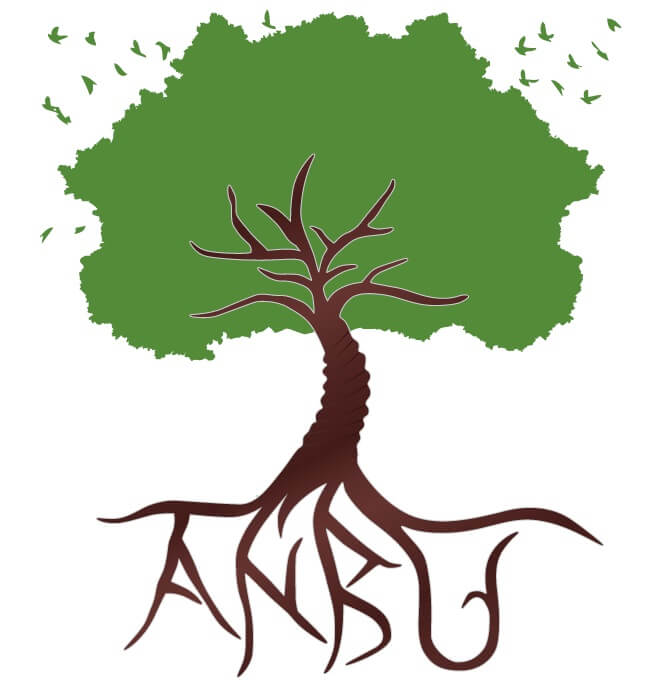
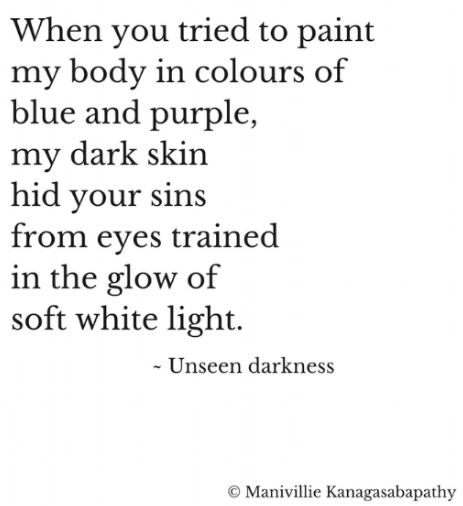
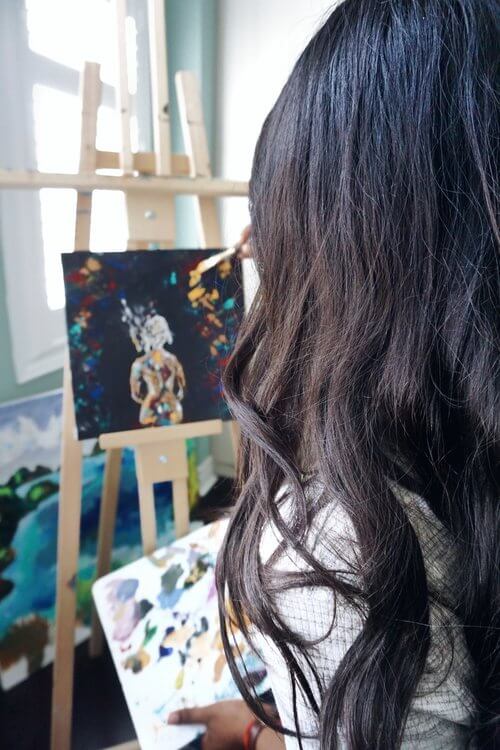

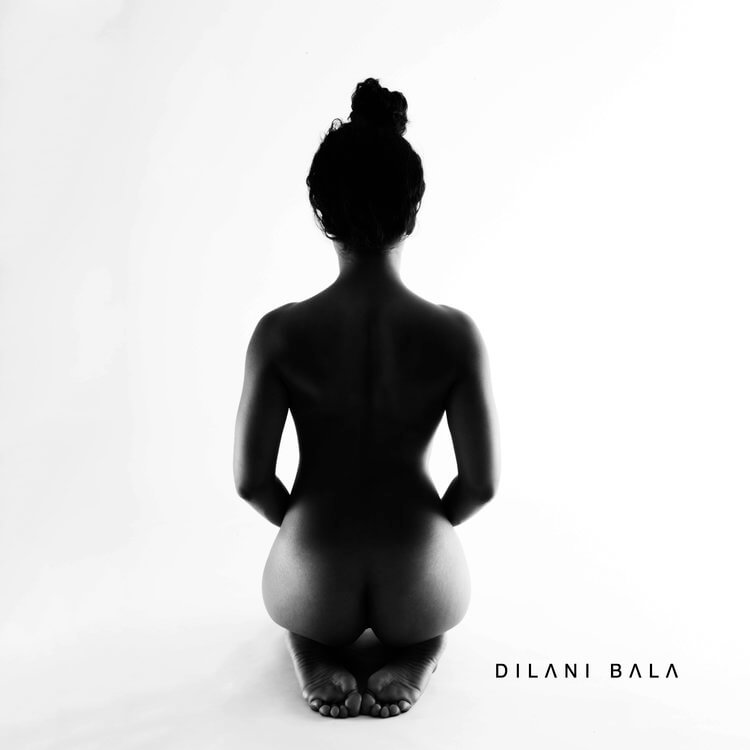




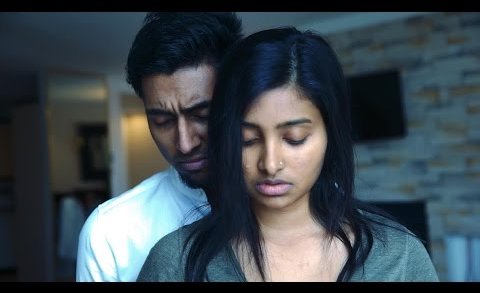

 This interview was completed courtesy of
This interview was completed courtesy of 












